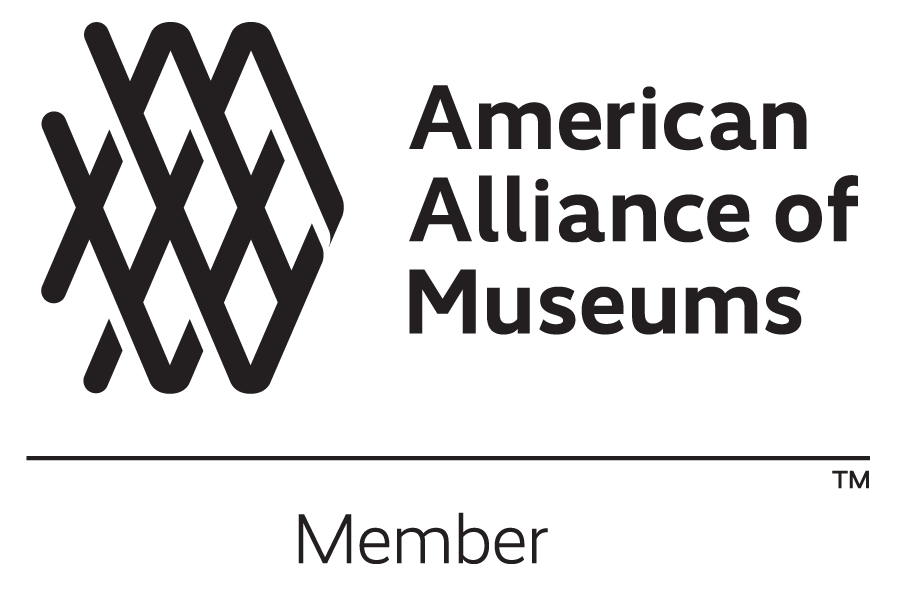HOUDONIT? The Mystery of the George Washington Bust
by Amanda Nesci
Curatorial & Collections Intern Amanda Nesci details the story behind one of the most lifelike objects in the Museum’s collection: the bust of George Washington.
Bust, 1786-1800
Terra-cotta, marble
2013.01.001
Fraunces Tavern Museum, gift of Stanley DeForest Scott, 2013
This terra-cotta bust of George Washington is currently on display in A Stoic Countenance: Portraits of George Washington located in the George Washington Portrait Gallery Honoring Elizabeth and Stanley DeForest Scott, an exhibition exploring how numerous artists captured Washington’s portrait during his lifetime. The bust can be traced to the work of French sculptor Jean-Antoine Houdon who is known for capturing other American founding fathers, such as Benjamin Franklin and Thomas Jefferson along with many other famous figures of his day. Houdon specialized in sculpting portrait busts in a neoclassical style, having been heavily influenced by the ancient busts of the Roman Empire he studied in his travels.
Jean-Antoine Houdon, George Washington, 1788-92, marble, 6′ 2″ high (State Capitol, Richmond, Virginia)
In 1784, Houdon agreed to create a statue of Washington for the Virginia State Capitol in Richmond. He traveled to Virginia in 1785 for two weeks to study Washington and create his life mask, the three-dimensional likeness of a person taken from a plaster cast that has been molded directly onto a person’s face. This technique allowed the artist to capture the most accurate representation of Washington’s face, down to its most minute details. Life masks such as this one are often used as a reference for other sculptures and not necessarily considered a work of art in their own right, like a sketch in an artist’s sketchbook. Similarly, a death mask is also created this way after a person has passed away.
This bust shows us an early draft of Houdon’s statue based on the original life mask with Washington draped in classical attire. Washington disliked this depiction and requested that the statue feature contemporary attire, which Houdon included in the final sculpture. Before returning to France to complete the full-length statue, Houdon presented the original clay bust to Washington as a gift. This bust is said to have been placed in his study, and still remains at Mount Vernon to this day. Though originally created to complete the final commission, the mask of Washington was the source of many other busts of Washington, including the one exhibited at Fraunces Tavern Museum.
Stamp on the base of the bust, Fraunces Tavern Museum
This bust has likely been made from a cast of the original classically-clothed bust by L’Atelier de moulage de la Réunion des musées nationaux - Grand Palais, the Musée du Louvre’s sculpture casting workshop. Taking a closer look at its base shows an oval metal stamp that reads "Musee Nationaux / Moulage." Founded in 1794 and originally located in the body of the Louvre, l’Atelier has since moved to a more spacious studio in Saint-Denis, a municipality in the northern suburbs of Paris. The studio holds around 6,000 molds made from original sculptures and provides reproductions from this collection to schools, museums, and private collectors.
Creating a reproduction requires great skill, including carefully handling originals, conservation and restoration of molds, taking new impressions, and digitization and manufacture of the reproduction. In addition to replicas, the studio also restores damaged antique sculptures and recreates historical prints. Use of reproductions is not only common, but in many cases crucial, to museum and educational practice. Reproductions allow original works, which can often be fragile or in poor condition, to be preserved while students and museum visitors can still see a real sculpture or artifact in-person. This offers the opportunity for audiences around the world to interact with an artifact. Replicas, like the Museum’s bust of George Washington, serve as a testament to the original piece while demonstrating the craft of replica making itself and the opportunities for education and access they offer.
Bust of George Washington in A Stoic Countenance: Portraits of George Washington, located in the George Washington Portrait Gallery Honoring Elizabeth and Stanley DeForest Scott, Fraunces Tavern Museum.
References
“Bust of George Washington.” Les Ateliers d'Art des Musées nationaux - Grand Palais, n.d. https://ateliersartmuseesnationaux.fr/en/sculptures/PF005944.
Brown, Evan Nicole. “Art Workshop of the Réunion Des Musées Nationaux.” Atlas Obscura, n.d. https://www.atlasobscura.com/places/art-workshop-of-the-reunion-des-musees-nationaux.
“Jean-Antoine Houdon.” George Washington's Mount Vernon. Mount Vernon Ladies’ Association, n.d. https://www.mountvernon.org/library/digitalhistory/digital-encyclopedia/article/jean-antoine-houdon/.
Kamerer, Tracy L., and Scott W. Nolley. “Rediscovering an American Icon: Houdon's Washington.” Colonial Williamsburg Journal 25, no. 3 (2003). https://research.colonialwilliamsburg.org/Foundation/journal/Autumn03/houdon.cfm.
“L'atelier De Moulage.” RMN - Grand Palais, n.d. https://www.grandpalais.fr/en/node/4901.
Zygmont, Dr. Bryan. “Jean-Antoine Houdon, George Washington.” Smarthistory, August 9, 2015. https://smarthistory.org/houdon-george-washington/.








